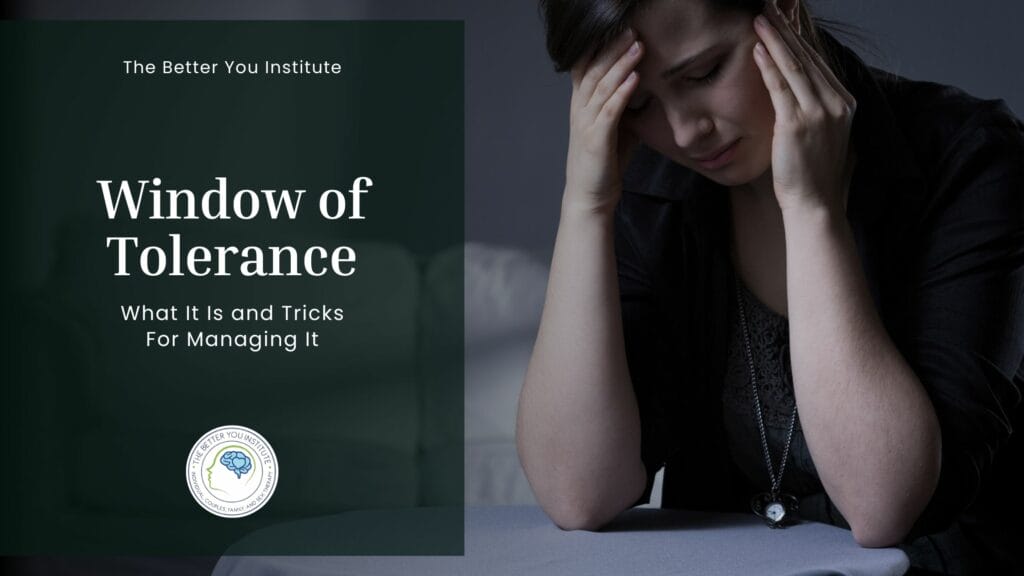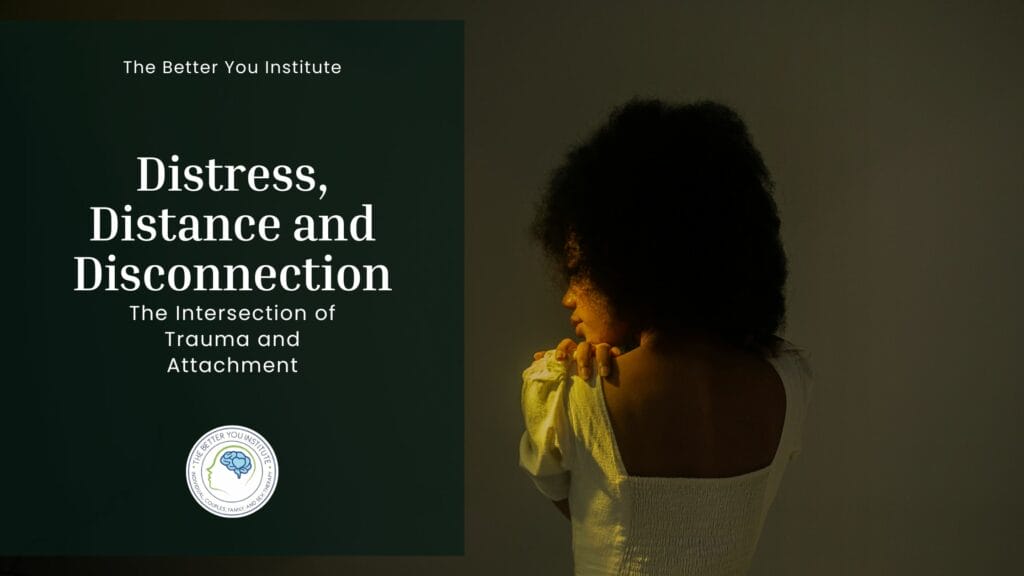Are you struggling to connect with your partner positively and productively? Learning an effective communication style with another person can be difficult because we all have different personalities and viewpoints. Multiple factors influence how we interact with others. One of the most important factors you should be aware of is your communication style.
There are four communication styles that are particularly important to look at. By the end of this article, you will have an understanding of the four basic communication styles; aggressive, passive, passive-aggressive, and assertive.
You will also be able to identify if you practice any of the four types of communication styles and when.
There is a time and place for all 4 types of communication style, and it is up to you to understand when it is appropriate to use each one. Through our understanding and identification methods, you will be able to stop unhealthy communication in its tracks and build a newer, healthier communication style for yourself.
Table of Contents
Aggressive Communication Styles:
Aggressive communication style is when you state your needs to leave less room for others who are involved and their needs. Aggression tends to come from a place of insecurity.
The aggressive communication style commonly arises when you feel threatened, perhaps when you feel as though your best interest is in jeopardy. Aggressive communicators may come off as verbally abusive to others.
Persons with aggressive communication characteristics may struggle to communicate with their partner because their hostility triggers their partner’s fight or flight instinct and the need to protect themselves.
Here are some examples of an aggressive communication style:
- Speaking in a loud and overbearing voice
- Criticizing others
- Using humiliation to control others
- Attempts to dominate
- Frequent interruption
- “You” statements
- Easily triggered temper
People who use an aggressive communication style may alienate themselves from others, confirming that they have something to be insecure about by producing fear or hatred in others. Not wanting to face these insecurities, aggressive communicators often struggle to take responsibility for their actions, making it difficult to learn from situations and get the support and love they are yearning for.
Choosing to use an aggressive communication style in certain interactions can be beneficial. If you’re feeling taken advantage of or need to make sure you’re seen, an aggressive communication style can be useful. For example, if you’re up against a co-worker for a promotion, you may need to be aggressive to get ahead. Or, for children who tend to get bullied at school, they may need to show the other children that they can handle themselves and are not to be messed with.
An aggressive communication style can also be helpful when exerting physical activity, like at the gym or in a race.
Passive Communication Style:
A passive communication style occurs when individuals tend not to express their feelings or opinions to others. People take on a passive communication style for various reasons. Sometimes it’s to protect them out of fear of confrontation. Other times it’s because they have a genuinely laid-back personality and like to go with the flow.
Passive communicators may have a higher tolerance for others’ behaviors. A passive communication style tends to involve compromise more and allow the other person to have their way, sometimes leaving the person using a passive communication style feeling unfulfilled. For example, when your partner is having a bad day, you may choose to take a passive stance on an issue you’re having with them. You may think to yourself, “eh, I don’t need to bother them with this today; it will be there tomorrow,” but tomorrow never comes. Or, if your friend has finally found someone they are connecting with, you may choose to tell them your good news next time as not to take away from their shining moment.
When encountering a perceived aggressive communication style, a passive communication style may find themselves agreeing when they actually disagree or have something to add to the conversation. Oftentimes, the passive communication style is channeling the fear of confrontation and avoiding making the seemingly aggressive communication style more hostile. For example, if your boss is angry with you, it can be best to be submissive and accommodating to keep your job.
Though using a passive communication style can be helpful to your relationships, consistently using this communication style can reinforce passive behaviors and send a message to those around them that their needs don’t matter as much as others’ needs. Continuous passive communication style may lead to suppressed emotions causing unhealthy interactions with others. Specifically, those people that the passive communication style has been passive with. Their passive nature may drive them to avoid that person. A passive communication style may feel voiceless, like they don’t matter or uncherished. They may eventually feel like they are being taken advantage of, that their partner “just isn’t listening,” or resentful to their partner because they feel the relationship is uneven. This can sometimes be seen in relationships with narcissists.
Here are some examples of unhealthy passive communication styles:
- Failure to speak up for oneself
- Speaking softly or apologetically
- Poor eye contact and shrinking body language/posture
- Allowing others’ to consistently get their needs met over their own
- Avoiding conflict at all costs
- Ignoring situations that need to be handled sooner than later
Using a passive communication style has a negative effect, it may lead to feeling out of control, which can be anxiety-provoking. Hopelessness or depressed thoughts may ensue. Due to the hopelessness or depressing thoughts, a passive communication style sees no point in asking for their needs to be met.
In essence, taking on learned helplessness, which looks to the outsider like a passive-aggressive communication style. The passive communicator does not ask for their needs to be met; the aggressive communication style holds resentment.
Passive-Aggressive Communication Style:
Passive-Aggressive communication style appears to be passive, but behind the scenes, they act out angrily in indirect ways. Passive-aggressive communicators tend to have a fear of confrontation, indirectly dealing with difficult situations, which may look like they’re “sneaky” to others. Instead of directly asking for their needs to be met, a passive-aggressive communication style will show their negative emotions in subtle and oftentimes harmful behaviors.
Here are some Passive-Aggressive communication style examples:
- Sarcasm
- Subtle sabotage
- Pretending to be cooperative while subconsciously doing tasks incorrectly
- Mumbling to themselves instead of confronting the person
- Emotional withdrawal
- Talking behind someone’s back
- Quitting unexpectedly with no explanation
The passive-Aggressive communication style experiences a lot of the same negative effects that come with aggression and passivity. Short-term, a passive-aggressive communication style can be a much better alternative to acting out negative emotions such as rage.
Frequently, a passive-aggressive communication style is subtle and may go unnoticed, leading to a vicious cycle of conflict avoidance and conflict. For example, to relax after a hard day’s work, a partner will come up with excuses that allow them to put off chores they promised they’d complete. In this situation, the partner avoids a potential fight they think will come due to putting off what they said they’d do. In a healthy interaction, if the partner directly states they are exhausted from their day, and they need a few minutes to unwind before they jump into chores, the other partner will be okay with this and show them empathy. Instead, avoiding conflict will most likely lead to conflict, thus reinforcing that it is not safe to share their thoughts and feelings. The partner may have avoided a fight at the moment, but they didn’t give their partner the chance to understand their needs and meet them.
A passive-aggressive communication style often feels powerless, voiceless, and less than because they rarely get a chance to take ownership of their needs and appropriately address their issues to get the healthy support they want.
Assertive Communication Style:
Using an assertive communication style is the communication type that tends to be effective in most situations. An assertive communication style is when one clearly and firmly expresses their needs and/or opinions in a calm and controlled manner and without violating the rights of others.
Assertive communication entails being mindful of your own emotions and personal needs while also considering someone else’s emotions and needs. Since they are in tune with their needs and work to get them met, assertive communicators have the capacity to be empathic towards others.
Here are some behaviors of an Assertive communication style:
- Expressing needs clearly, respectfully, and appropriately
- “I” Statements
- Active Listening- listening without interrupting and reflecting on what you’ve heard.
- Speaking calmly
- Good eye-contact
- Relaxed body language/posture
- Feeling in control
- Empathy
Assertive communication can be a tough skill to master because it requires a great deal of self-control. Emotions make us human, and they can get the best of us, which can happen when communicating. Intense emotions can lead to unhealthy interactions with others if unmanaged. Practicing mindfulness can help master an assertive communication style. Assertive communicators usually feels like they have control over their lives through taking responsibility for their issues as they arise. Therefore, helping people maintain healthy relationships, mental health, and overall well-being.
The first step to using effective communication is recognizing when appropriate to use each of these communication styles. By learning about these four communication styles, you will be able to improve your interpersonal skills, and you will also be able to advocate for your needs the right way. Selecting a communication type is not easy and can be extremely nerve-wracking. Luckily, the more you educate yourself on the topic, the more confident you will become! Be honest with yourself and take responsibility if you realize that you are not always practicing healthy communication.
For more relationship and communication style tips, check out some of our other Better You Tips. If you find you’re still struggling to communicate in a way that is productive and feels good, call The Better You Institute (267-495-4951), or visit this individual therapy page to set up an appointment with a trained therapist.
We are currently offering online therapy and counseling for those that do not want to come to an office or live further away! To read a little bit more about communication, see this communication pdf from uky.edu.







